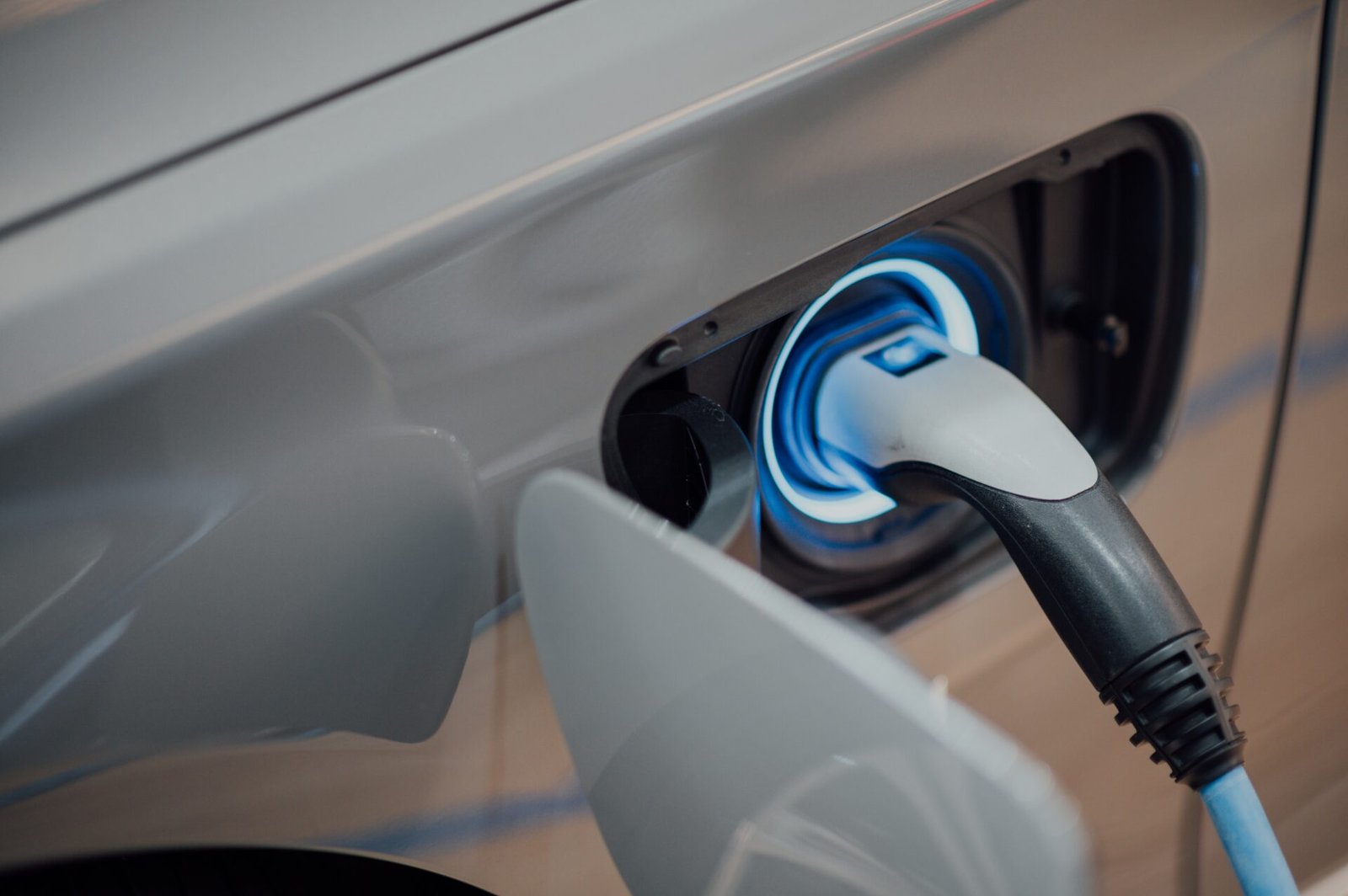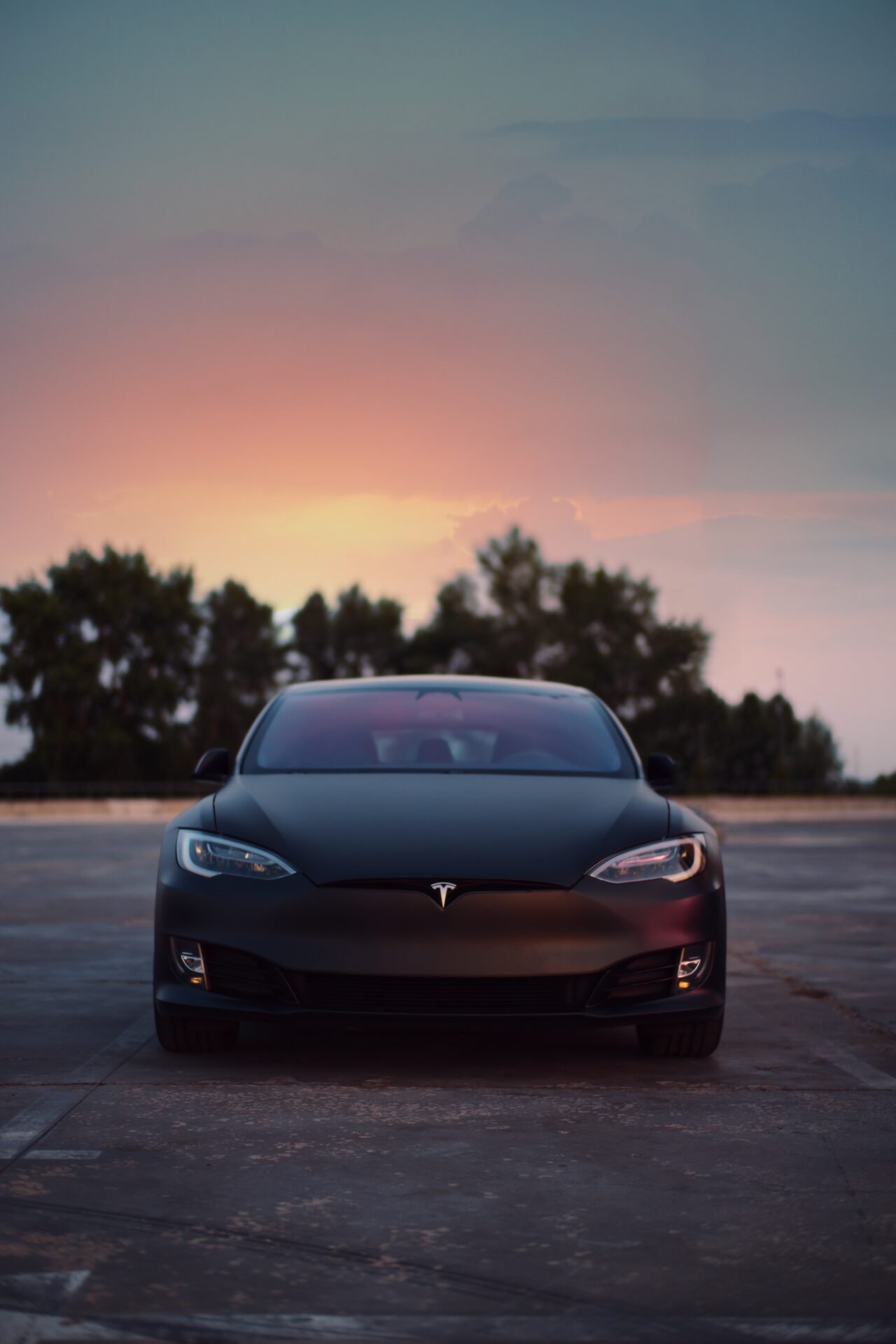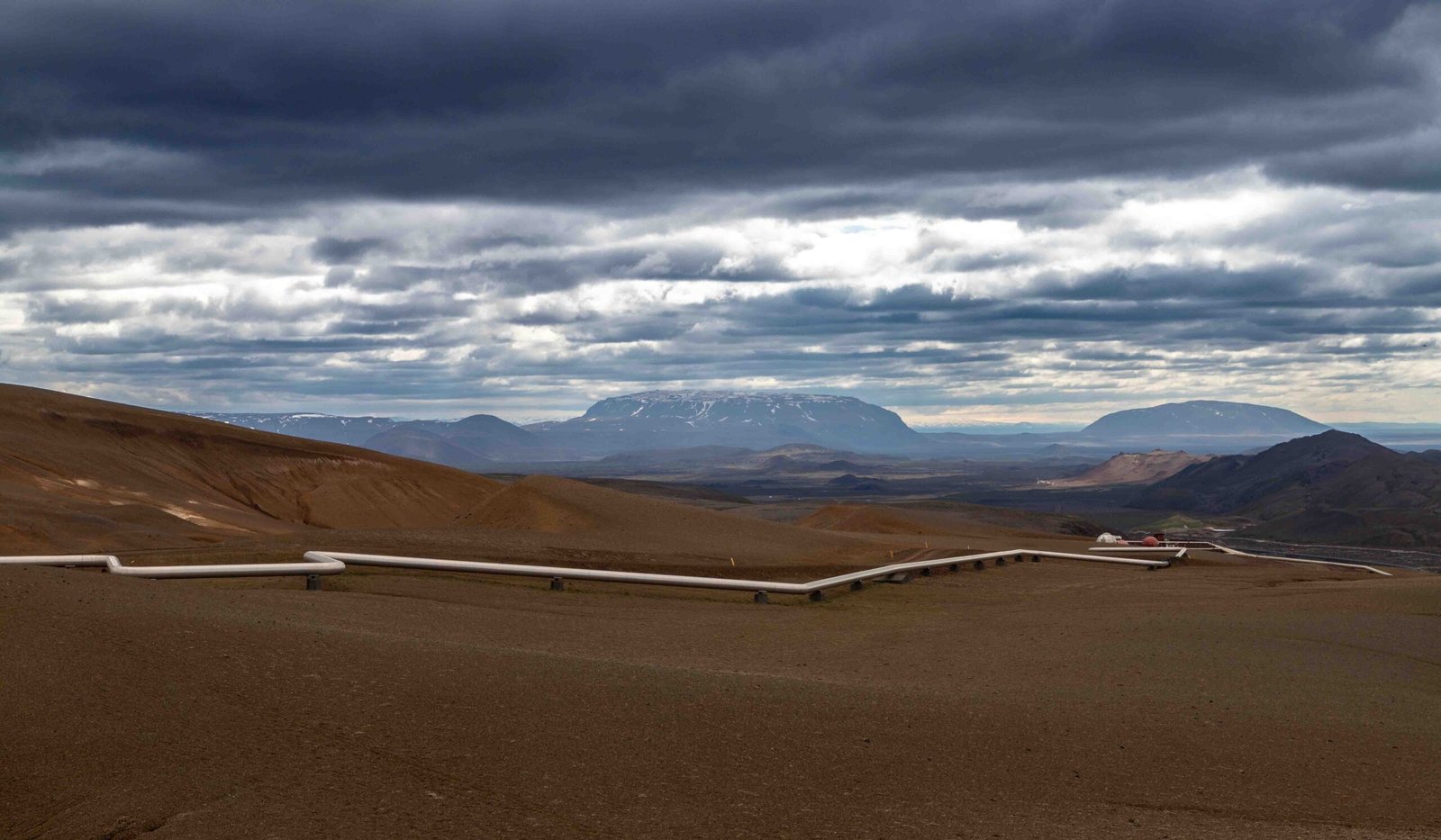During the recent polar vortex, electric vehicle (EV) owners faced significant challenges when it came to getting around town. In cities like Chicago, where the wind chill plummeted to as low as -25 degrees Fahrenheit, the extreme weather conditions posed unique difficulties for EVs, leading to what some called “Tesla graveyards” – abandoned cars unable to be charged.
One of the primary issues faced by EV owners during the polar vortex was the difficulty in charging their vehicles. Tesla owners, in particular, reported significant struggles in finding functional charging stations and enduring long queues just to juice up their cars. The freezing temperatures affected the efficiency of the charging process, leading to longer charging times for these electric vehicles.
With temperatures dropping to such extreme lows, the demand for charging stations increased significantly. As a result, EV owners found themselves waiting for hours in queues, hoping to secure a spot to charge their vehicles. The scarcity of available charging stations exacerbated the situation, leaving many frustrated and unable to power their cars.
Furthermore, the freezing temperatures negatively impacted the charging speed of electric vehicles. Cold weather reduces battery efficiency, causing EVs to take longer to charge. This meant that even after finally plugging in their vehicles, owners had to endure additional hours of waiting for their Teslas to reach an acceptable charge level.
These challenges highlight the importance of infrastructure development and planning for electric vehicles in regions prone to extreme weather conditions. While EVs offer numerous benefits, such as reduced emissions and lower operating costs, the polar vortex exposed the vulnerabilities of the current charging infrastructure.
As the popularity of EVs continues to rise, it becomes imperative for cities and municipalities to invest in the expansion of charging networks. This includes increasing the number of charging stations and implementing technology that can withstand extreme weather conditions. Additionally, educating EV owners about the limitations of charging during extreme cold is crucial to avoid frustration and inconvenience.
Manufacturers, too, have a role to play in addressing the challenges faced by EV owners during the polar vortex. Developing batteries with improved cold-weather performance and implementing features that optimize charging efficiency in low temperatures can significantly enhance the overall ownership experience for EV owners.
Despite the difficulties faced during the polar vortex, it is important to note that EVs still offer many advantages, especially in terms of reducing greenhouse gas emissions and dependence on fossil fuels. As technology continues to advance and infrastructure improves, the challenges faced by EV owners during extreme weather events like the polar vortex will likely diminish.
In conclusion, the polar vortex presented unique challenges for electric vehicle owners, particularly in terms of charging their vehicles. The extreme cold weather led to long queues at charging stations, extended charging times, and even abandoned cars. Addressing these challenges requires a collaborative effort between infrastructure development, education, and advancements in EV technology. By doing so, we can ensure that EV owners are better equipped to navigate extreme weather conditions in the future.






Be First to Comment